Home>Furniture & Design>Outdoor Furniture>How To Debug An Outdoor Plants To Bring Indoors
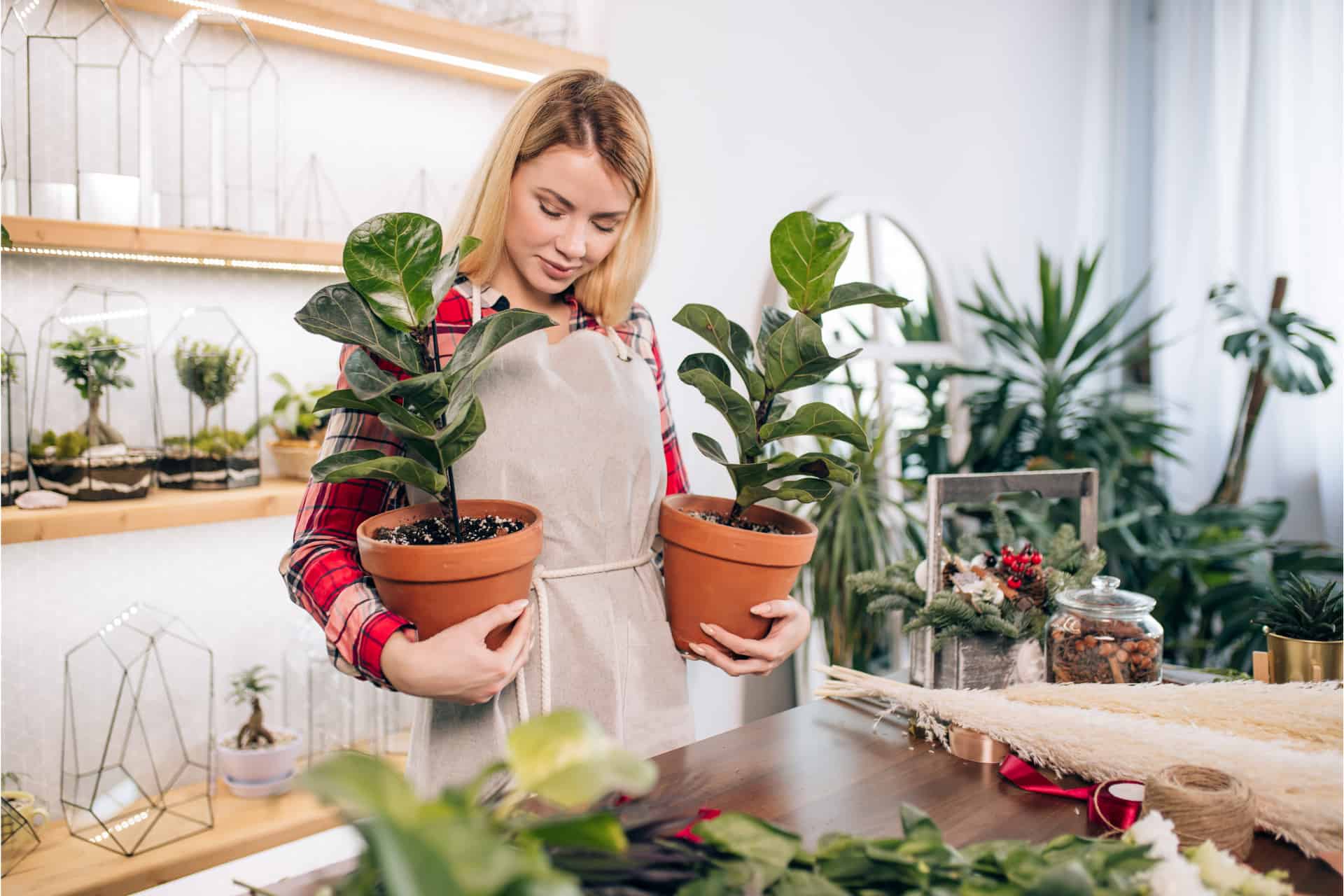

Outdoor Furniture
How To Debug An Outdoor Plants To Bring Indoors
Modified: January 15, 2024
Learn how to safely debug your outdoor plants and bring them indoors with our expert tips. Get the best outdoor furniture, furniture, and design ideas for your indoor space.
(Many of the links in this article redirect to a specific reviewed product. Your purchase of these products through affiliate links helps to generate commission for Storables.com, at no extra cost. Learn more)
**
Introduction
**
Bringing outdoor plants indoors can be a rewarding endeavor, offering a touch of nature and a breath of fresh air within your living space. However, this transition requires careful consideration and attention to detail to ensure the health and vitality of the plants. In this guide, we will explore the essential steps to successfully debug outdoor plants for indoor living, allowing you to create an inviting and thriving indoor garden sanctuary.
Transitioning outdoor plants to an indoor environment involves more than simply relocating them from one space to another. It requires an understanding of the specific needs of each plant, as well as the ability to create a suitable environment within your home. By following the steps outlined in this article, you will be equipped with the knowledge and skills necessary to seamlessly integrate outdoor plants into your indoor living space, fostering a harmonious coexistence between nature and your home.
Whether you are a seasoned gardener or a novice plant enthusiast, this guide will provide valuable insights and practical tips to ensure a successful transition for your outdoor plants. From understanding the unique requirements of outdoor plants to troubleshooting common issues that may arise during the transition, this comprehensive resource will empower you to create an indoor oasis that flourishes with the beauty of nature. Let's embark on this green journey together, as we delve into the intricacies of debugging outdoor plants for indoor living.
**
Key Takeaways:
- Bringing outdoor plants indoors requires understanding their light, humidity, and temperature needs. Gradual transition, pruning, and soil assessment are crucial for a successful indoor adaptation.
- Monitoring light exposure, humidity, and temperature indoors is vital for the well-being of indoor plants. Addressing pest infestations, fungal diseases, and nutrient deficiencies ensures a thriving indoor garden sanctuary.
Understanding the Needs of Outdoor Plants
**
Before bringing outdoor plants indoors, it is crucial to gain a comprehensive understanding of their specific requirements and characteristics. Outdoor plants are naturally acclimated to the conditions of the external environment, including sunlight, humidity, and temperature variations. By recognizing and accommodating these needs, you can effectively facilitate a smooth transition for the plants into an indoor setting.
Light Requirements:
Outdoor plants often thrive in direct sunlight, receiving the full spectrum of natural light throughout the day. When transitioning these plants indoors, it is essential to identify suitable locations within your home that receive ample natural light. South-facing windows typically offer the brightest light exposure, making them ideal for light-loving plants such as succulents and flowering varieties. For plants that require less intense light, east or west-facing windows can provide a balanced level of sunlight.
Humidity and Air Circulation:
The outdoor environment naturally offers varying levels of humidity and consistent air circulation, which are essential factors for the health of plants. When moving outdoor plants indoors, consider the humidity levels within your home and make adjustments as needed. You can enhance humidity by using a humidifier or placing a tray filled with water and pebbles near the plants to create a microclimate of moisture. Additionally, ensuring adequate air circulation within the indoor space will contribute to the overall well-being of the plants.
Temperature Considerations:
Outdoor plants are accustomed to fluctuating temperatures, adapting to the seasonal changes in their natural habitat. As you prepare to bring these plants indoors, it is important to maintain a consistent temperature range that aligns with their specific needs. Avoid placing plants in areas with extreme temperature fluctuations, such as near drafty windows or heating vents. By providing a stable and moderate indoor climate, you can support the plants’ transition and ongoing growth.
By comprehensively understanding the light, humidity, and temperature requirements of your outdoor plants, you can effectively prepare them for the indoor environment. This knowledge forms the foundation for creating a nurturing and sustainable habitat within your home, enabling the plants to thrive and flourish in their new surroundings.
**
Preparing the Outdoor Plants for Indoors
**
As you embark on the journey of transitioning outdoor plants to an indoor setting, thorough preparation is key to ensuring a seamless and successful adaptation. By implementing strategic measures to acclimate the plants to their new environment, you can minimize the stress associated with the relocation and promote their continued growth and vitality.
Pruning and Maintenance:
Prior to bringing outdoor plants indoors, it is beneficial to conduct a thorough assessment of their overall health and address any maintenance needs. Pruning any damaged or overgrown foliage not only enhances the aesthetic appeal of the plants but also encourages new growth. Removing dead or yellowing leaves and trimming unruly branches can rejuvenate the plants and prepare them for the transition. Additionally, inspect the plants for pests or diseases, taking proactive measures to address any issues before they are brought indoors.
Gradual Transition:
Instead of immediately relocating outdoor plants to the indoor environment, consider implementing a gradual transition period to help them acclimate. Begin by introducing the plants to indoor conditions for short durations each day, gradually increasing the time spent indoors over the course of several days or weeks. This gradual adjustment allows the plants to adapt to the differences in light, humidity, and temperature, reducing the shock of the transition and promoting a smoother integration into the indoor space.
Potting and Soil Considerations:
When preparing outdoor plants for indoor living, assess the suitability of their current pots and soil. Ensure that the pots provide adequate drainage and are free from any cracks or damage. Consider repotting the plants using well-draining potting mix to optimize their growth in the indoor environment. Selecting pots with drainage holes and utilizing a balanced potting mix tailored to the specific needs of each plant will contribute to their overall health and resilience indoors.
By engaging in proactive pruning and maintenance, facilitating a gradual transition, and addressing potting and soil considerations, you can effectively prepare outdoor plants for their new indoor habitat. This preparatory phase sets the stage for a smooth and successful transition, laying the groundwork for the plants to thrive and enrich your indoor living space with their natural beauty.
**
When bringing outdoor plants indoors, check for pests and diseases before bringing them inside. Trim any damaged or unhealthy leaves, and gradually acclimate the plants to lower light levels to prevent shock.
Monitoring and Adjusting the Indoor Environment
**
Once the outdoor plants have been successfully transitioned to the indoor environment, diligent monitoring and proactive adjustments are essential to ensure their ongoing health and well-being. Creating a conducive indoor habitat involves maintaining optimal conditions related to light, humidity, and temperature, as well as addressing any potential challenges that may arise during the plants’ adaptation to their new surroundings.
Light Exposure:
Regularly assess the light exposure received by the indoor plants, ensuring that they are positioned in areas that align with their specific light requirements. Monitor the intensity and duration of sunlight throughout the day, making adjustments as needed to accommodate seasonal changes and variations in natural light. Consider utilizing grow lights or supplemental lighting to supplement natural sunlight, especially in areas with limited light exposure.
Humidity Regulation:
Maintaining appropriate humidity levels within the indoor environment is crucial for the well-being of outdoor plants. Monitor the moisture levels in the air and implement strategies to regulate humidity as needed. This may involve using a humidifier, misting the plants with water, or placing water-filled trays near the plants to create localized humidity. Regularly inspect the foliage for signs of dryness or excessive moisture, adjusting the humidity management techniques accordingly.
Temperature Management:
Consistent and moderate temperatures contribute to the overall health and resilience of indoor plants. Monitor the indoor climate, avoiding exposure to extreme temperature fluctuations or drafts that can adversely affect the plants. During colder months, ensure that the plants are protected from cold drafts and maintain a stable temperature range conducive to their growth. In warmer seasons, prevent the plants from being exposed to direct heat sources that may lead to heat stress.
Watering and Nutrition:
Establish a regular watering schedule based on the specific needs of each plant, taking into account factors such as soil moisture levels and seasonal variations. Monitor the soil moisture regularly, adjusting the watering frequency and volume to prevent overwatering or underwatering. Additionally, provide appropriate nutrition through the application of fertilizers tailored to the plants’ requirements, promoting healthy growth and vibrant foliage.
By actively monitoring and adjusting the indoor environment to optimize light exposure, humidity levels, temperature management, and plant nutrition, you can create an ideal habitat for the thriving of outdoor plants within your home. This attentive approach to environmental management supports the plants’ transition to indoor living, fostering their continued growth and contributing to the creation of a flourishing indoor garden sanctuary.
**
Troubleshooting Common Issues
**
As outdoor plants make the transition to an indoor environment, various challenges may arise that require prompt attention and effective solutions. By familiarizing yourself with common issues that can impact the well-being of indoor plants, you can proactively address these concerns and nurture a thriving green space within your home.
Pest Infestations:
Indoor plants are susceptible to pest infestations, including aphids, spider mites, and mealybugs, which can compromise their health and vitality. Regularly inspect the foliage for signs of pests, such as stippled leaves, webbing, or visible insects. If pest infestations are detected, promptly isolate the affected plants to prevent the spread of pests and implement targeted treatments, such as insecticidal soaps or neem oil, to eradicate the pests while minimizing harm to the plants.
Fungal Diseases:
Fungal diseases, such as powdery mildew and root rot, can pose significant threats to indoor plants, particularly in environments with high humidity or inadequate air circulation. Monitor the plants for symptoms of fungal infections, such as white powdery patches on leaves or wilting foliage. Take preventive measures by promoting air circulation, avoiding overwatering, and utilizing fungicidal treatments when necessary to mitigate the impact of fungal diseases.
Nutrient Deficiencies:
Indoor plants may exhibit signs of nutrient deficiencies, such as yellowing leaves, stunted growth, or leaf discoloration, indicating the need for supplemental nutrition. Assess the plants’ overall health and address potential nutrient deficiencies by applying balanced fertilizers tailored to their specific requirements. Regularly monitor the foliage for any changes in color or texture, adjusting the fertilization regimen to support the plants’ optimal growth and development.
Environmental Stress:
Changes in the indoor environment, such as fluctuations in light exposure, temperature variations, or inadequate humidity, can induce stress in indoor plants. Observe the plants for signs of environmental stress, including leaf curling, browning of leaf edges, or wilting. Implement measures to stabilize the indoor environment, such as adjusting light placement, regulating temperature and humidity, and providing consistent care to alleviate environmental stress and promote the plants’ resilience.
By proactively troubleshooting common issues such as pest infestations, fungal diseases, nutrient deficiencies, and environmental stress, you can safeguard the well-being of indoor plants and foster a thriving green oasis within your home. This attentive approach to addressing potential challenges contributes to the long-term health and vibrancy of your indoor garden, creating an inviting and rejuvenating space infused with the beauty of nature.
**
Read more: How To Bring Outdoor Plants Inside
Conclusion
**
Bringing the beauty of outdoor plants into your indoor living space is a gratifying endeavor that enriches the ambiance of your home and connects you with the serenity of nature. By understanding the unique needs of outdoor plants and implementing thoughtful strategies to prepare, monitor, and troubleshoot potential issues, you can create a flourishing indoor garden sanctuary that thrives in harmony with your living environment.
Throughout the transition process, it is essential to approach the care of indoor plants with attentiveness and adaptability, recognizing that each plant possesses distinct requirements and responses to its new indoor habitat. By providing adequate light exposure, regulating humidity and temperature, and addressing any challenges that may arise, you can cultivate an environment where outdoor plants not only survive but also thrive, enhancing the aesthetic and emotional appeal of your living space.
As you embark on this green journey, remember that the presence of indoor plants offers more than visual allure; it introduces a sense of tranquility, rejuvenation, and connection to the natural world within the confines of your home. Embrace the opportunity to nurture and coexist with these living companions, and in return, they will bestow upon you the gifts of beauty, vitality, and a touch of the outdoors.
May your indoor garden flourish with vibrancy and vitality, serving as a testament to the seamless integration of outdoor plants into your indoor sanctuary. Let the presence of nature within your home inspire moments of reflection, creativity, and rejuvenation, as you bask in the splendor of your thriving indoor oasis.
With dedication, care, and a deep appreciation for the wonders of nature, the transition of outdoor plants to an indoor setting becomes a harmonious and rewarding journey, enriching your living space with the timeless allure of greenery and life.
Frequently Asked Questions about How To Debug An Outdoor Plants To Bring Indoors
Was this page helpful?
At Storables.com, we guarantee accurate and reliable information. Our content, validated by Expert Board Contributors, is crafted following stringent Editorial Policies. We're committed to providing you with well-researched, expert-backed insights for all your informational needs.


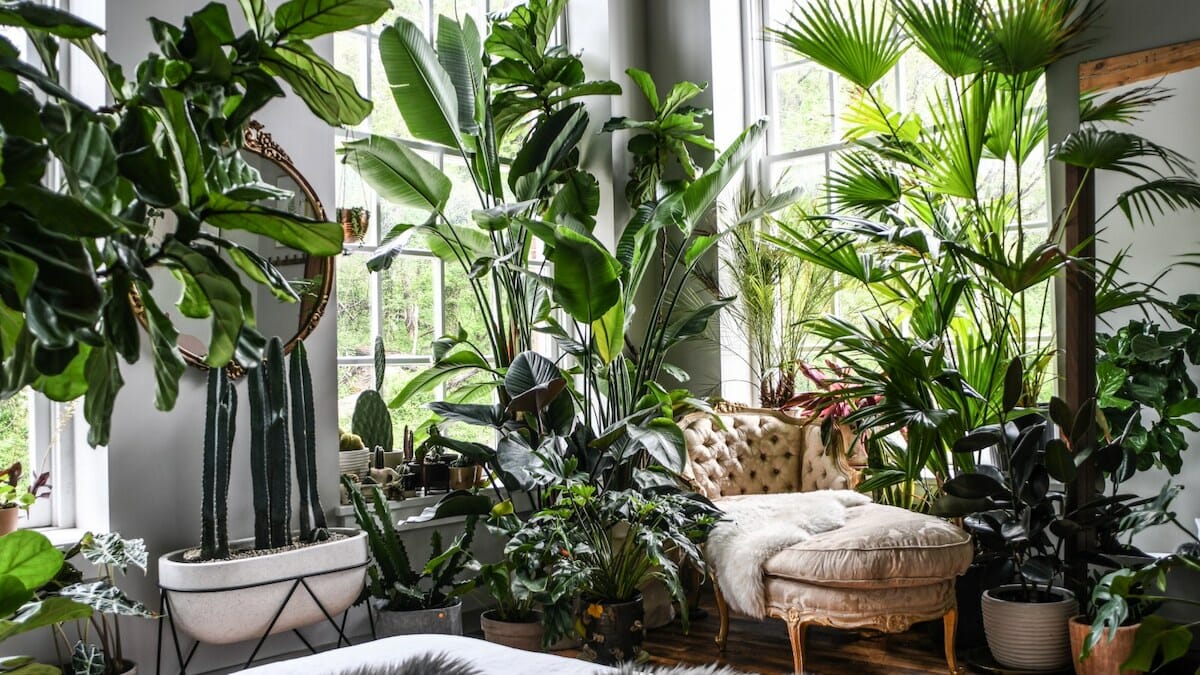
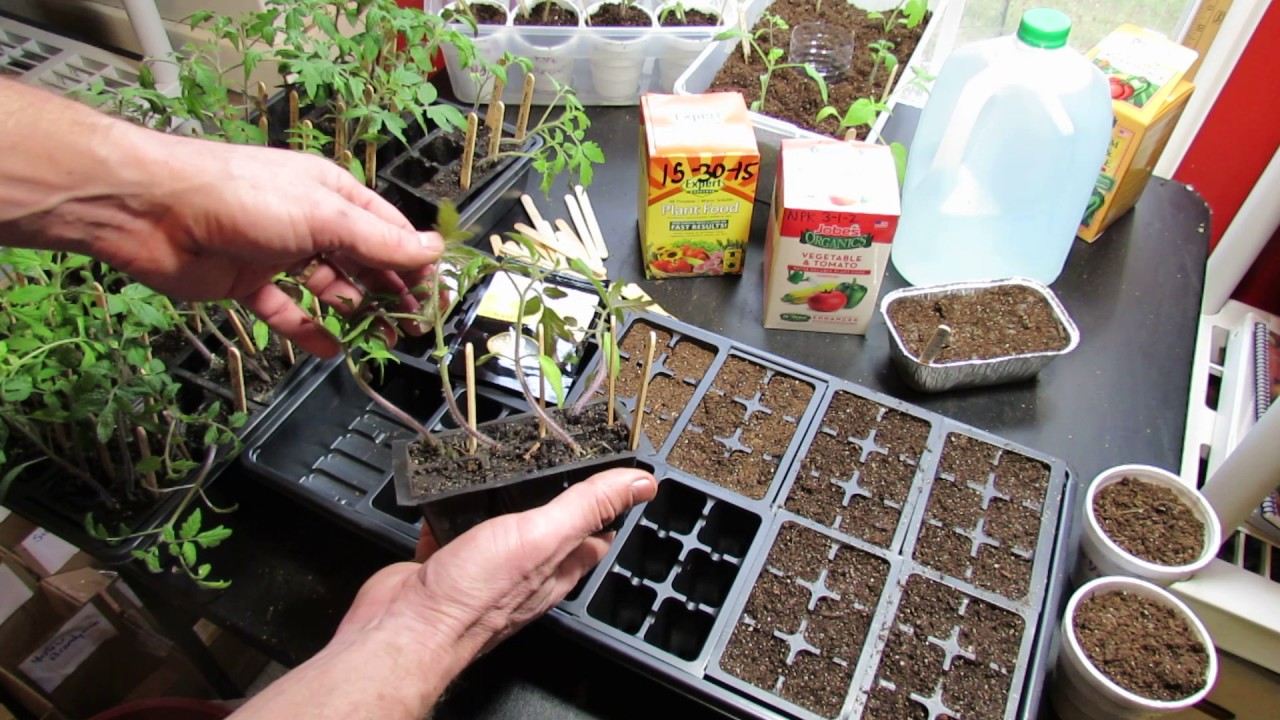

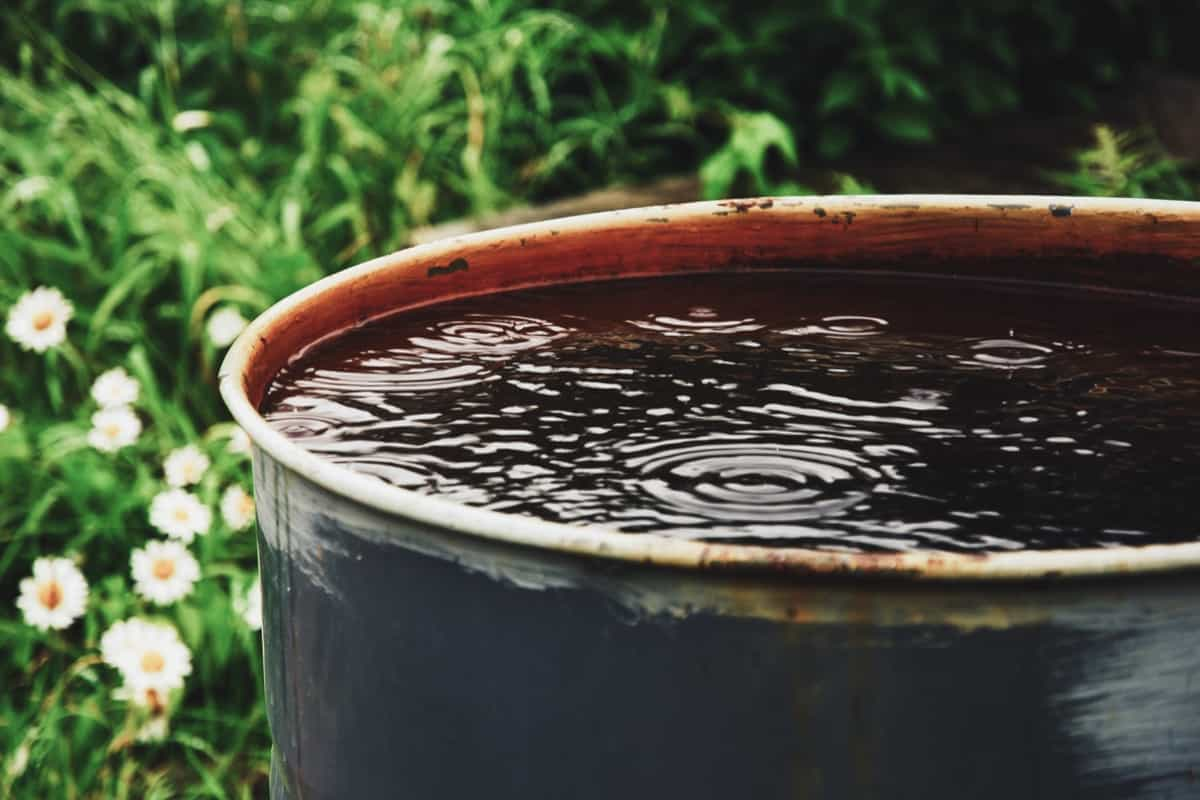
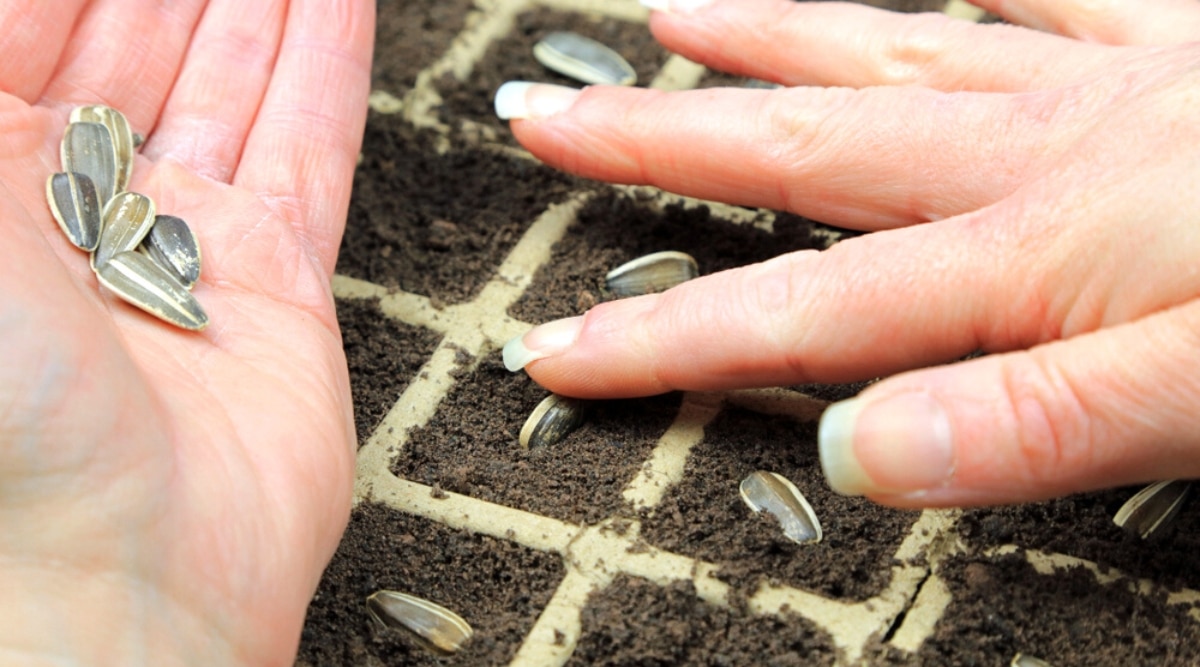
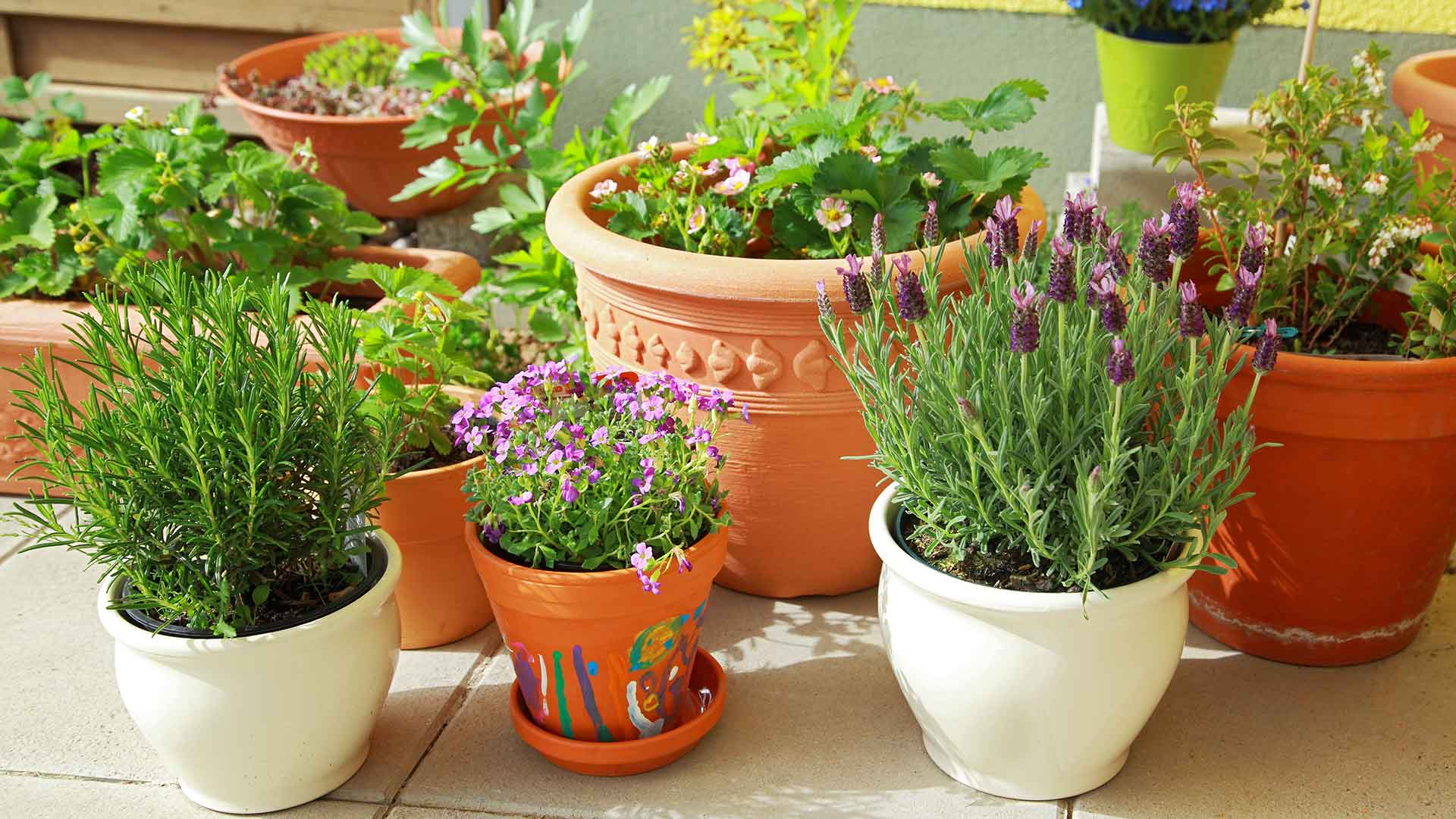
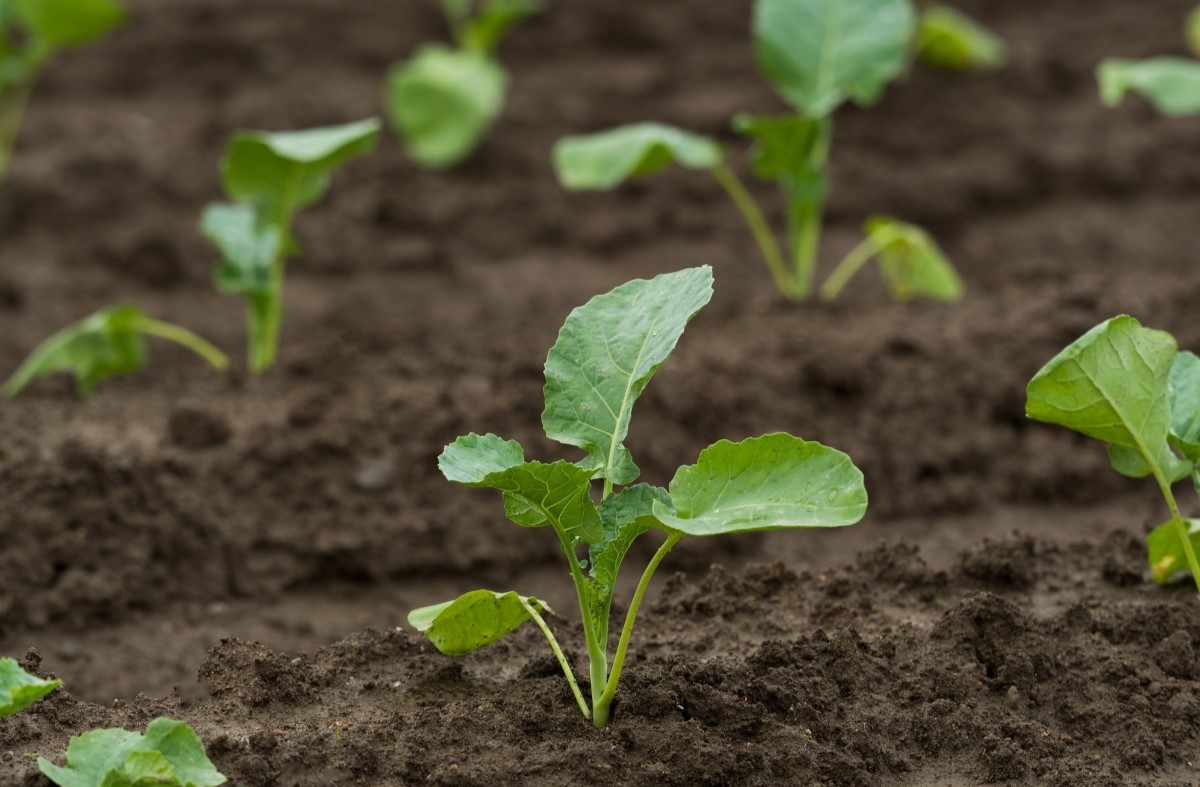
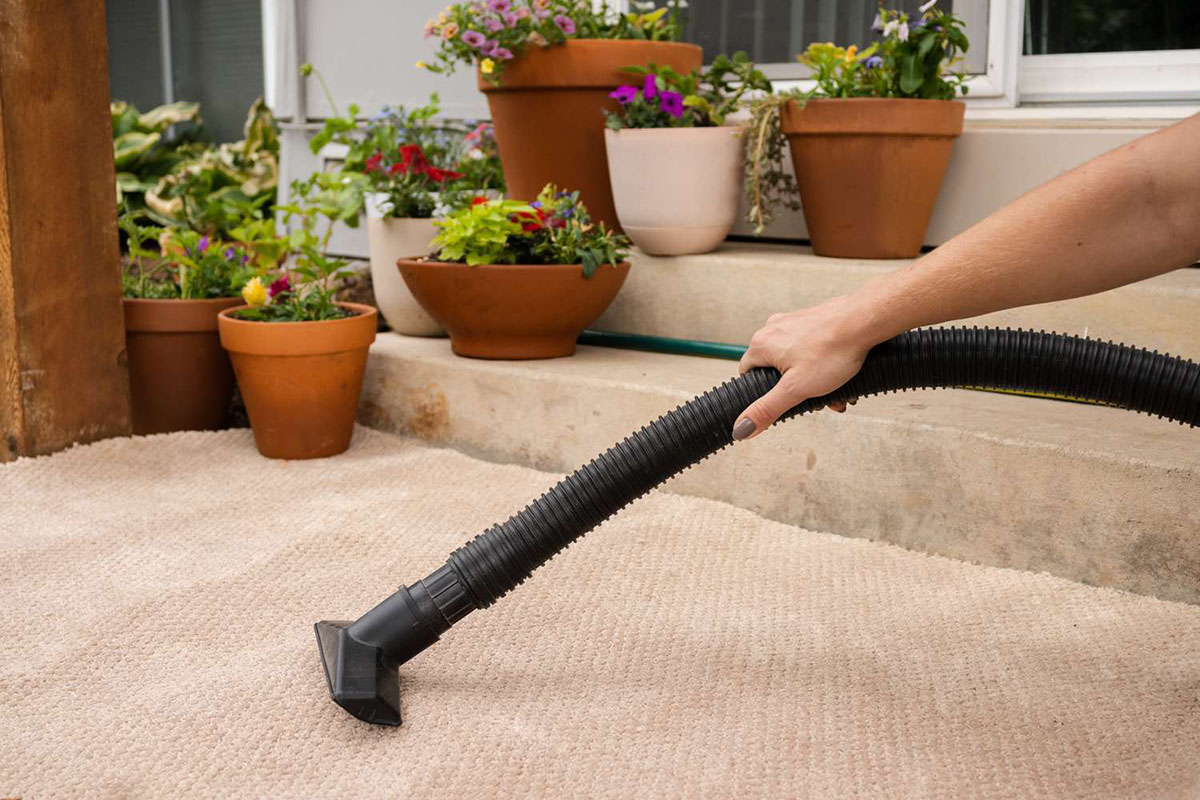
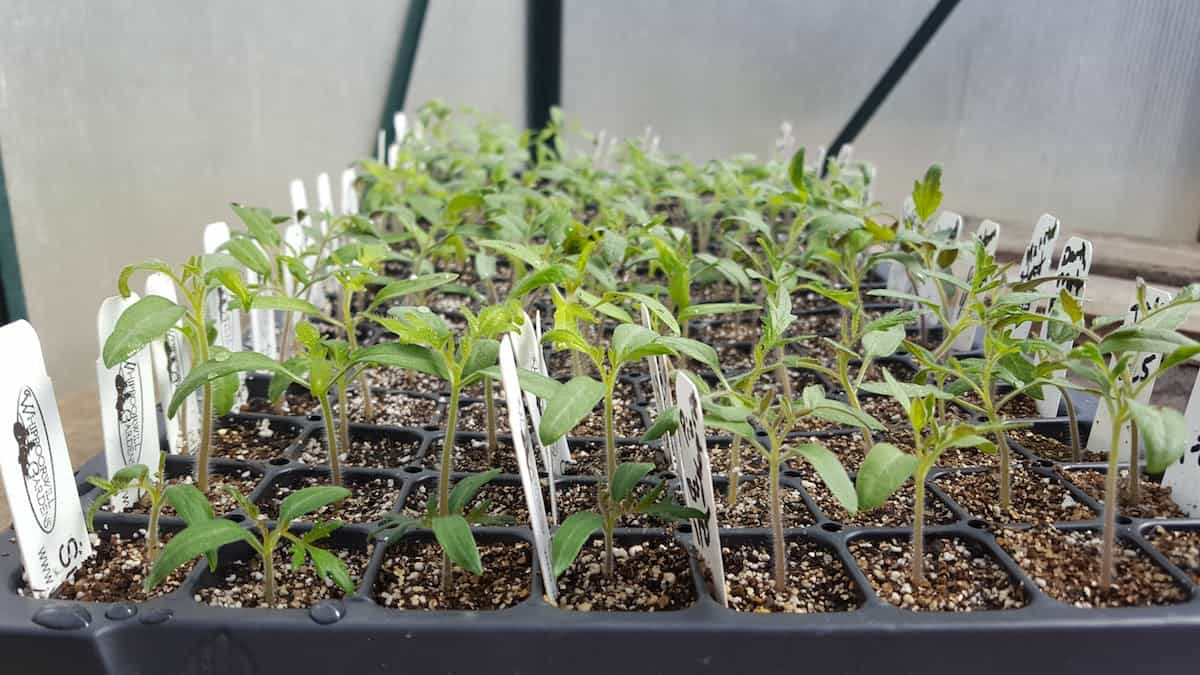
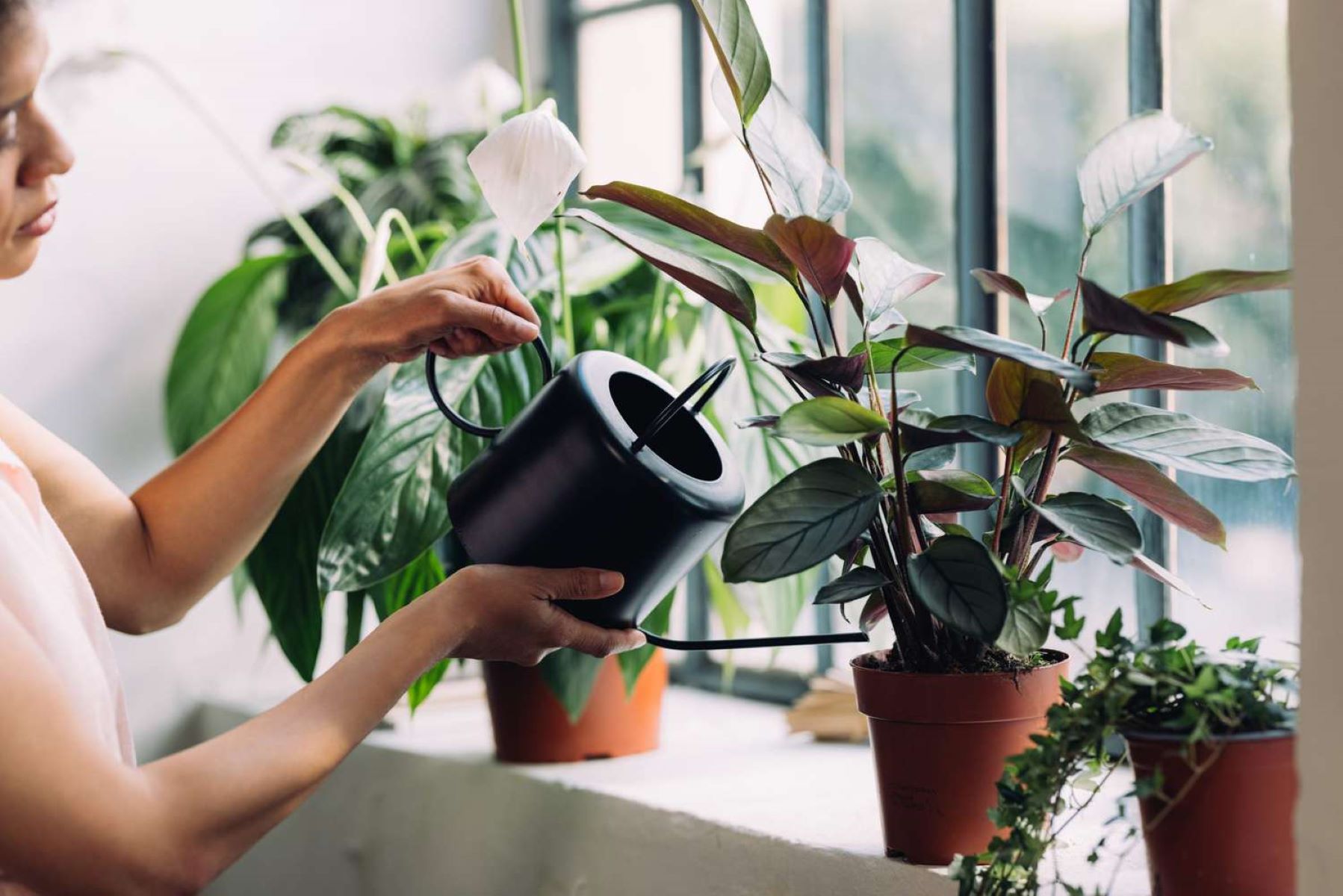
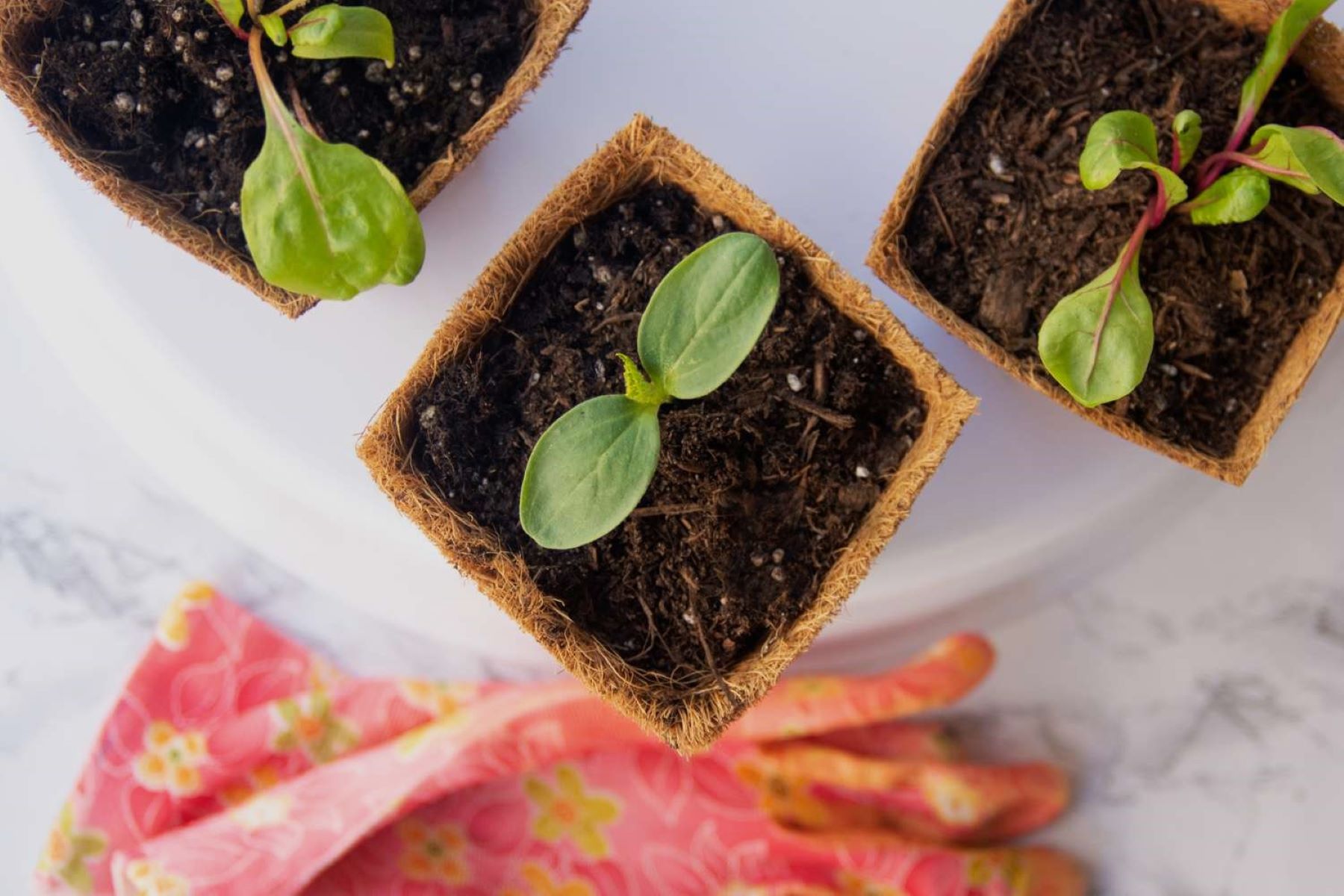
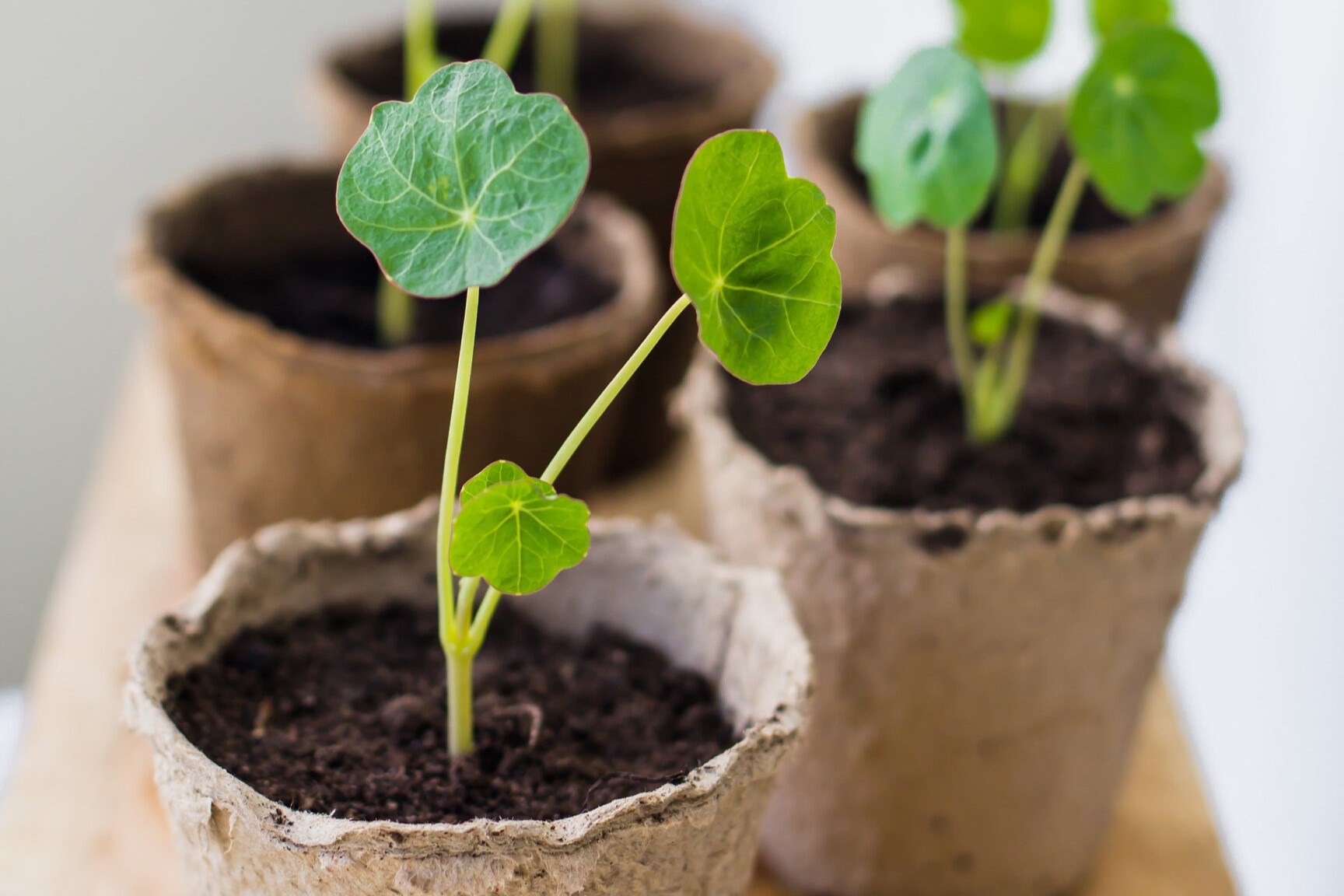

0 thoughts on “How To Debug An Outdoor Plants To Bring Indoors”